Vietnam is a beautiful country with stunning landscapes, vibrant culture, and friendly people. It is also a popular destination for tourists and expats who want to explore the country on two wheels. However, driving a motorbike in Vietnam can be challenging and overwhelming for those who are not familiar with the traffic, road conditions, and local customs.
In this article, we will share 12 tips about driving a motorbike in Vietnam, which will help you to stay safe and enjoy your journey.
Get a license
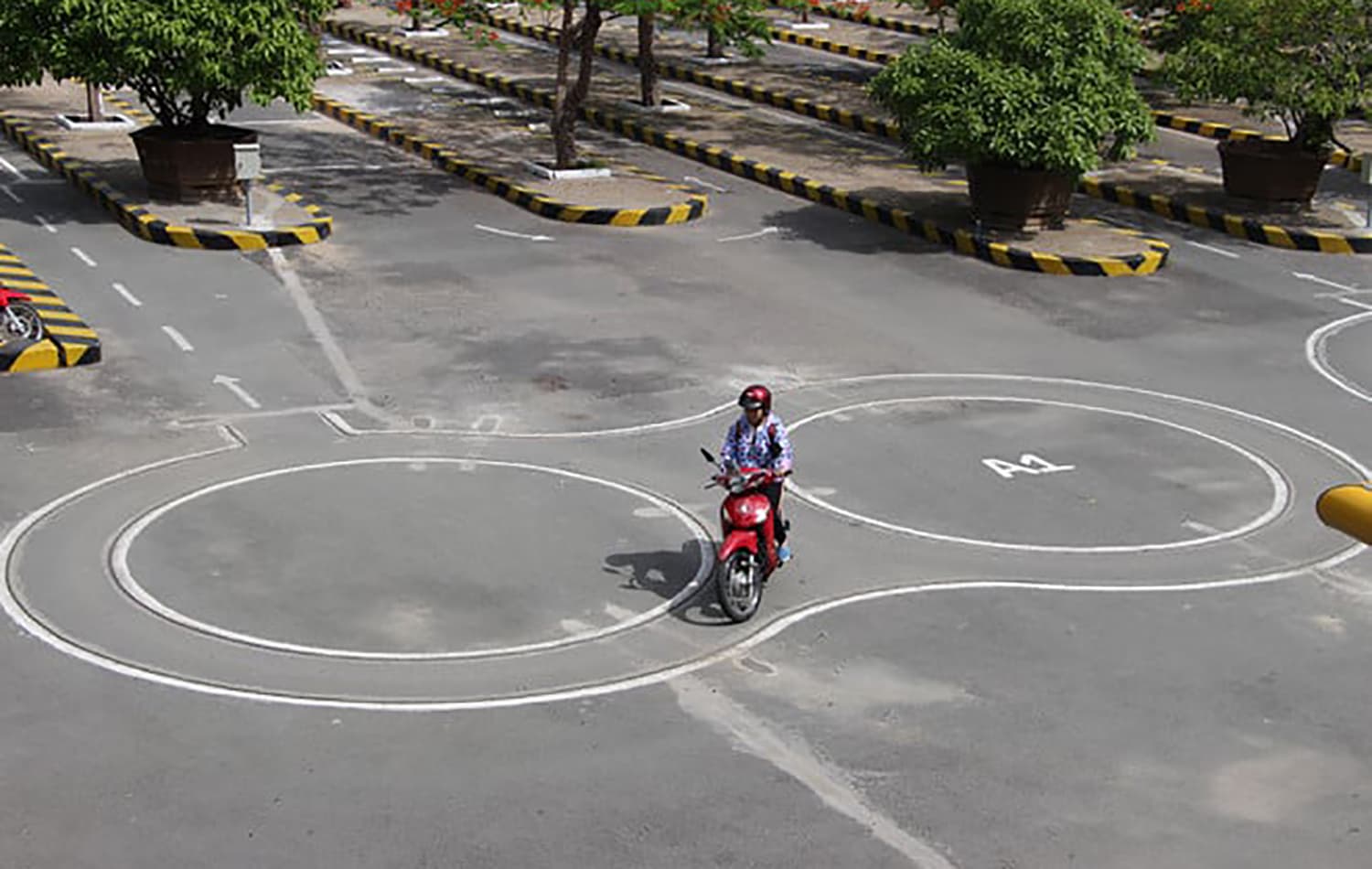
The first and most important step to driving a motorbike in Vietnam is to get a license. In Vietnam, you need a valid driver’s license, either a Vietnamese license or an International Driving Permit (IDP), to legally ride a motorbike. Riding without a license can result in fines, confiscation of your bike, or even imprisonment. Therefore, make sure to obtain a license before hitting the road.
To get a Vietnamese license, you need to take a written and practical exam at the Department of Transportation. The written exam is available in multiple languages, and you can prepare for it by studying traffic laws and regulations. The practical exam requires you to demonstrate your driving skills on a motorbike, and it is essential to practice beforehand to increase your chances of passing.
If you already have a valid license from your home country, you can apply for an IDP at your local motor vehicle department or automobile club. An IDP is valid for one year and allows you to ride a motorbike with your foreign license in Vietnam.
Choose the right motorbike
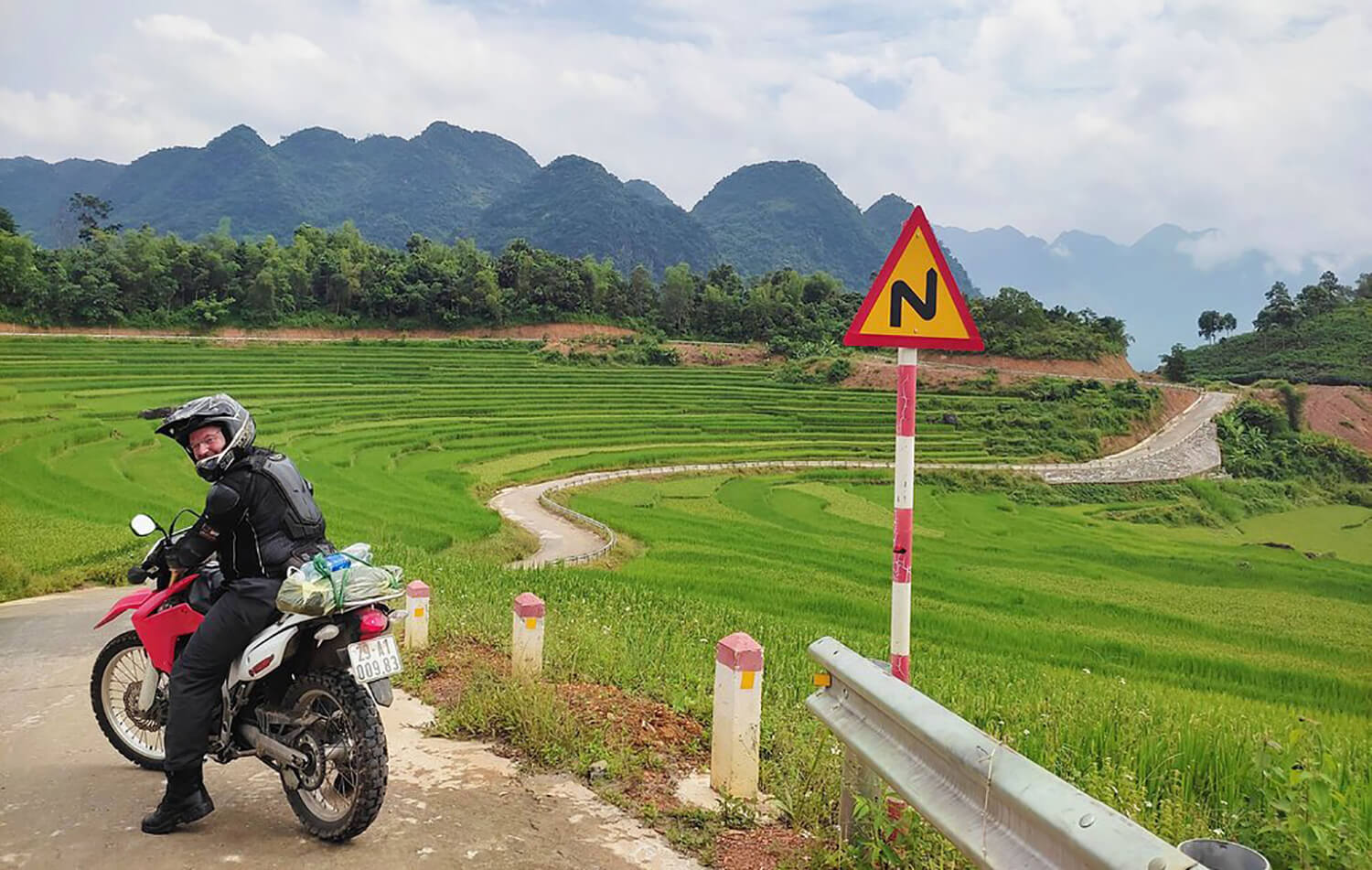
Choosing the right motorbike is crucial for a safe and comfortable ride in Vietnam. There are several types of motorbikes available, such as scooters, manual transmission bikes, and semi-automatic bikes, each with its pros and cons. Scooters are the most popular type of motorbike in Vietnam and are ideal for city driving, as they are easy to maneuver and have automatic transmissions. Manual transmission bikes require more skill and experience but offer better control and stability on rough roads. Semi-automatic bikes are a hybrid between manual and automatic and can be a good option for beginners.
When choosing a motorbike, consider the size and weight of the bike, the engine power, and the fuel efficiency. A small and light bike is easier to handle and park but may not be suitable for long-distance trips or carrying passengers or cargo. A more powerful bike can handle rough terrain and steep hills but may consume more fuel and require more maintenance.
Wear a helmet
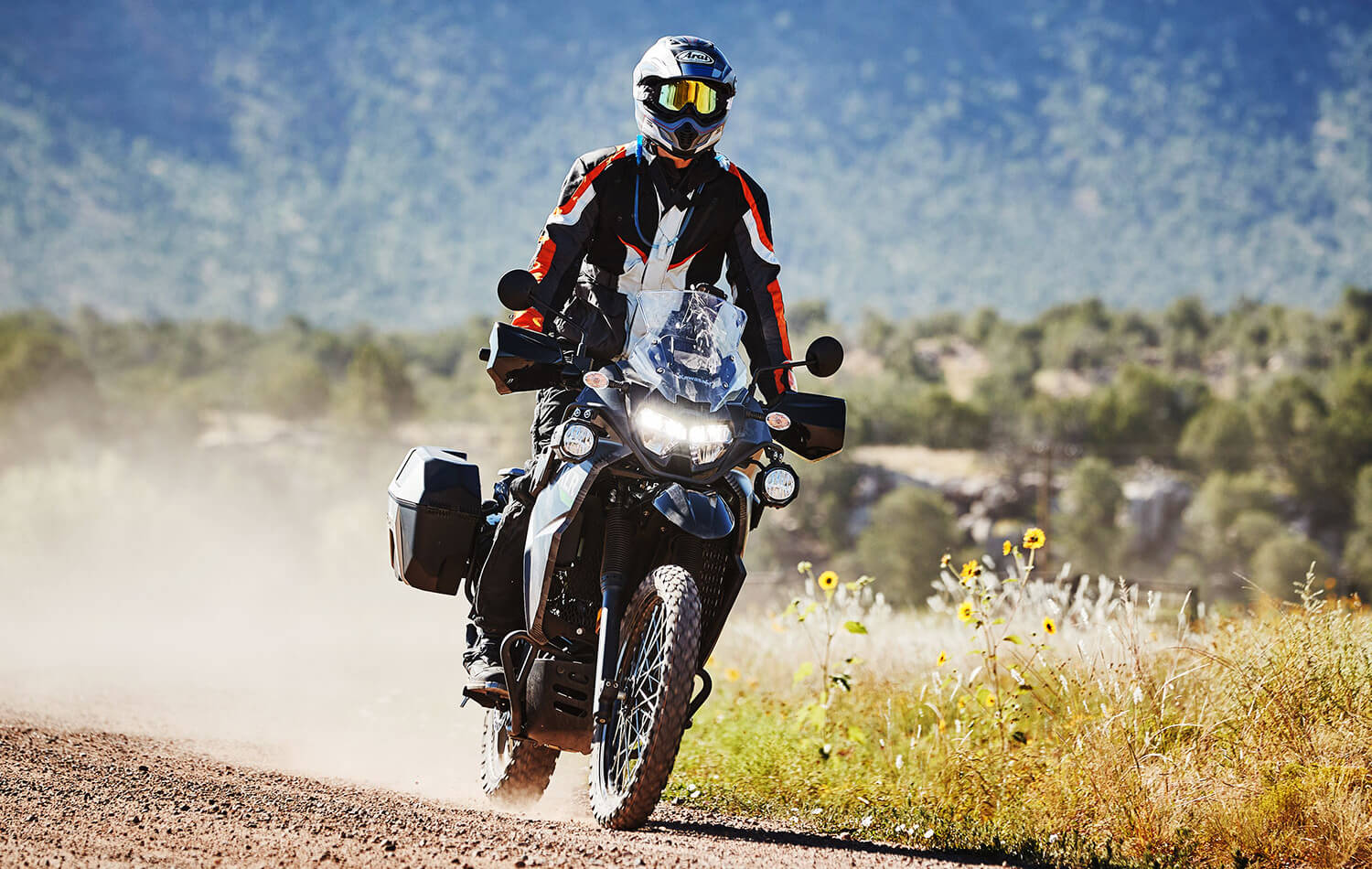
Wearing a helmet is not only mandatory by law but also crucial for your safety when driving a motorbike in Vietnam. A helmet can protect your head from injuries in case of an accident or a fall and can also shield you from the sun, wind, and dust. However, not all helmets are created equal, and it is essential to choose a quality helmet that fits your head properly and meets the safety standards.
In Vietnam, you can easily buy or rent a helmet from local shops or vendors, but make sure to inspect it for cracks, dents, or other damages before using it. Also, avoid wearing a helmet that is too loose or too tight, as it can impair your vision and hearing or cause discomfort and distraction.
Familiarize yourself with the traffic
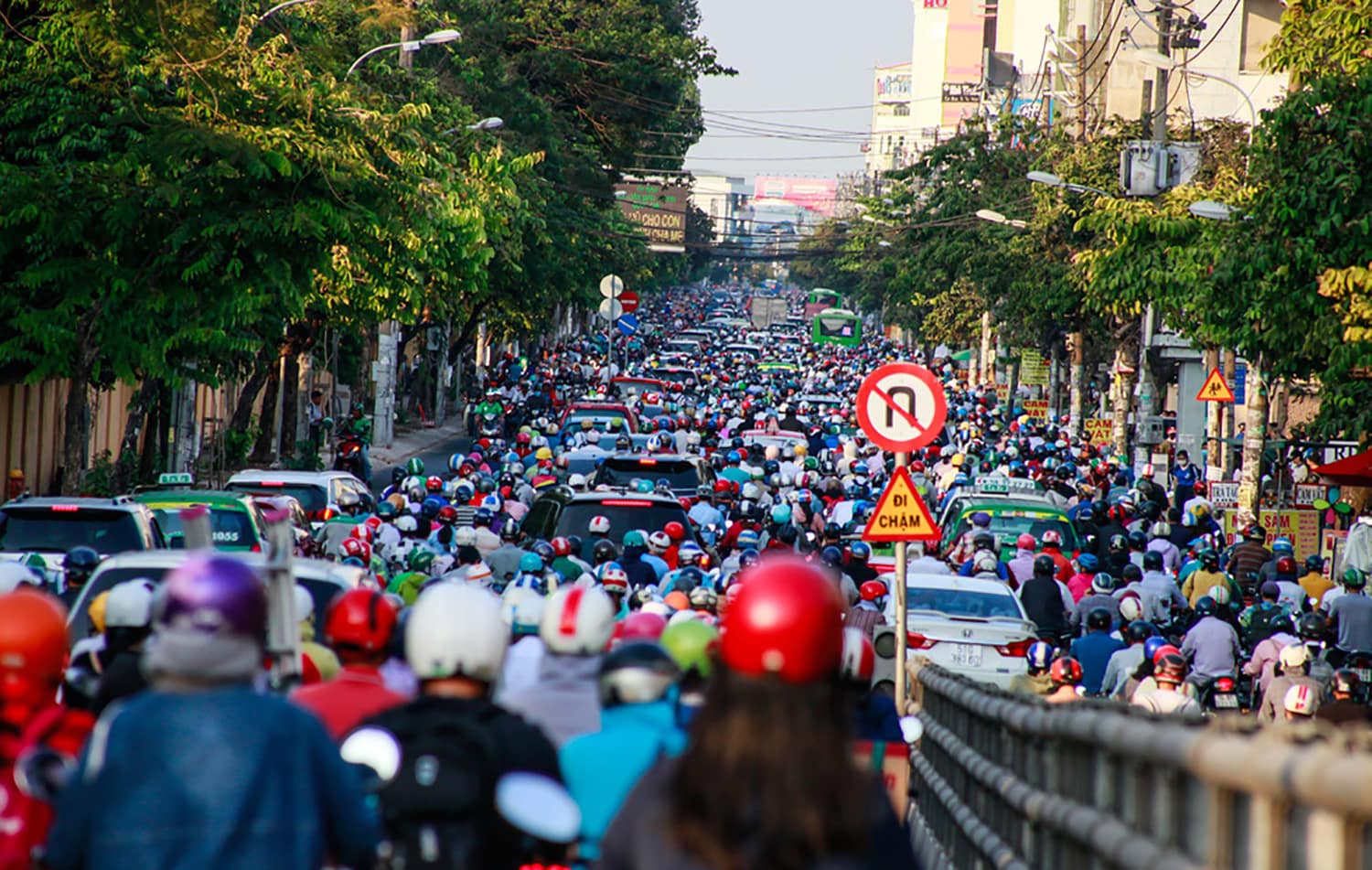
The traffic in Vietnam can be chaotic and unpredictable, especially in big cities like Hanoi or Saigon (Ho Chi Minh City). The roads are often congested with motorbikes, cars, buses, and trucks, and the rules of the road are sometimes ignored or interpreted loosely. Therefore, it is essential to familiarize yourself with the traffic before driving a motorbike in Vietnam.
Observe the traffic patterns, the flow of vehicles, and the behavior of other road users. Learn the hand signals, such as waving your hand to signal a turn or a stop, and use them to communicate with other drivers. Stay in the right lane, and avoid overtaking on the left or squeezing in between other vehicles. Keep a safe distance from other vehicles and anticipate their movements to avoid collisions or accidents.
Drive defensively
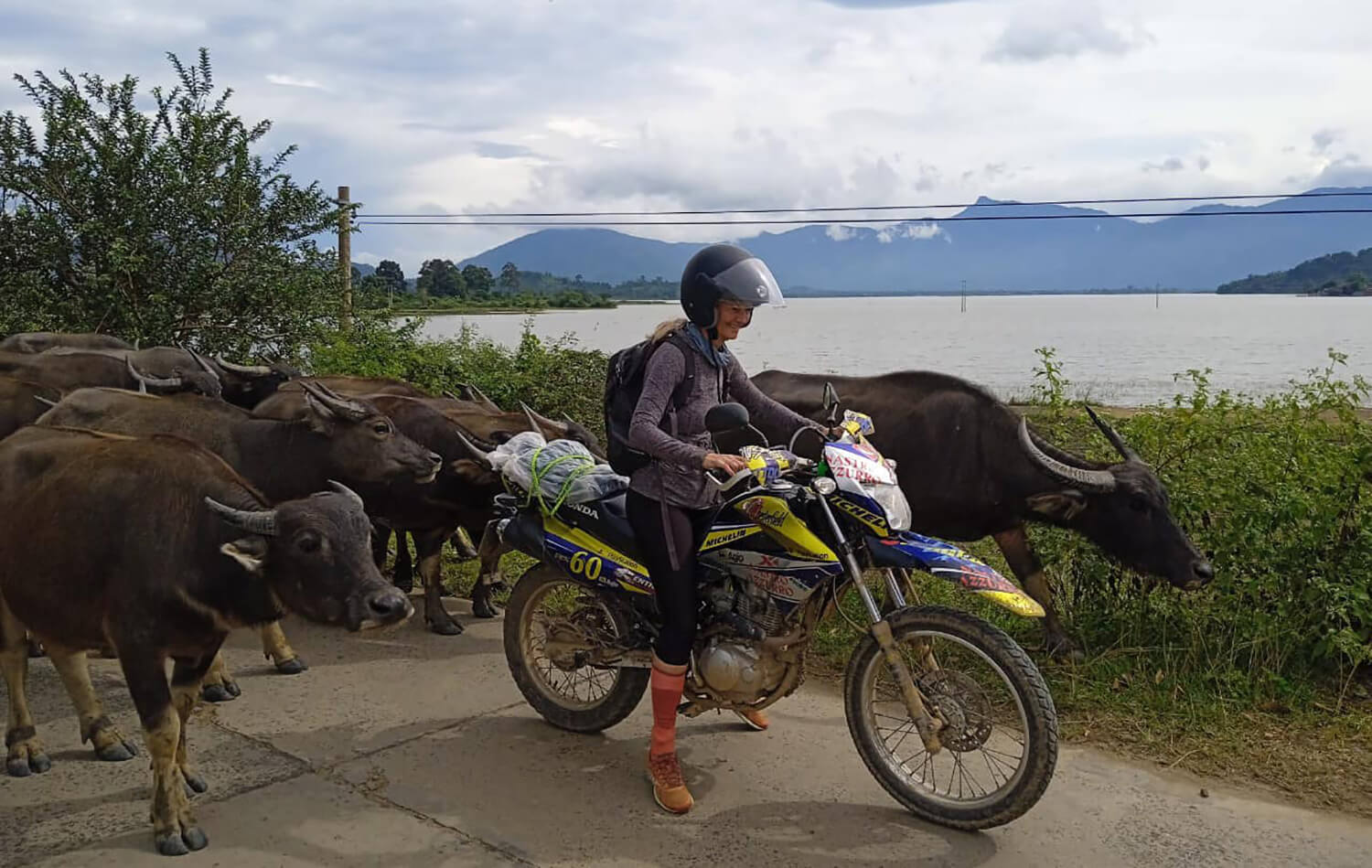
Defensive driving is the key to staying safe on the roads in Vietnam. Be alert and vigilant at all times and anticipate potential hazards or risks. Watch out for pedestrians, animals, and obstacles on the road, and slow down when approaching intersections, curves, or blind spots.
Avoid sudden maneuvers or abrupt stops, and use your brakes and accelerator smoothly and gradually. Keep your speed under control and adjust it to the road conditions, such as traffic, weather, or road surface. Remember that other drivers may not follow the traffic rules or respect your right of way, and be prepared to yield or avoid them if necessary.
Use your headlights
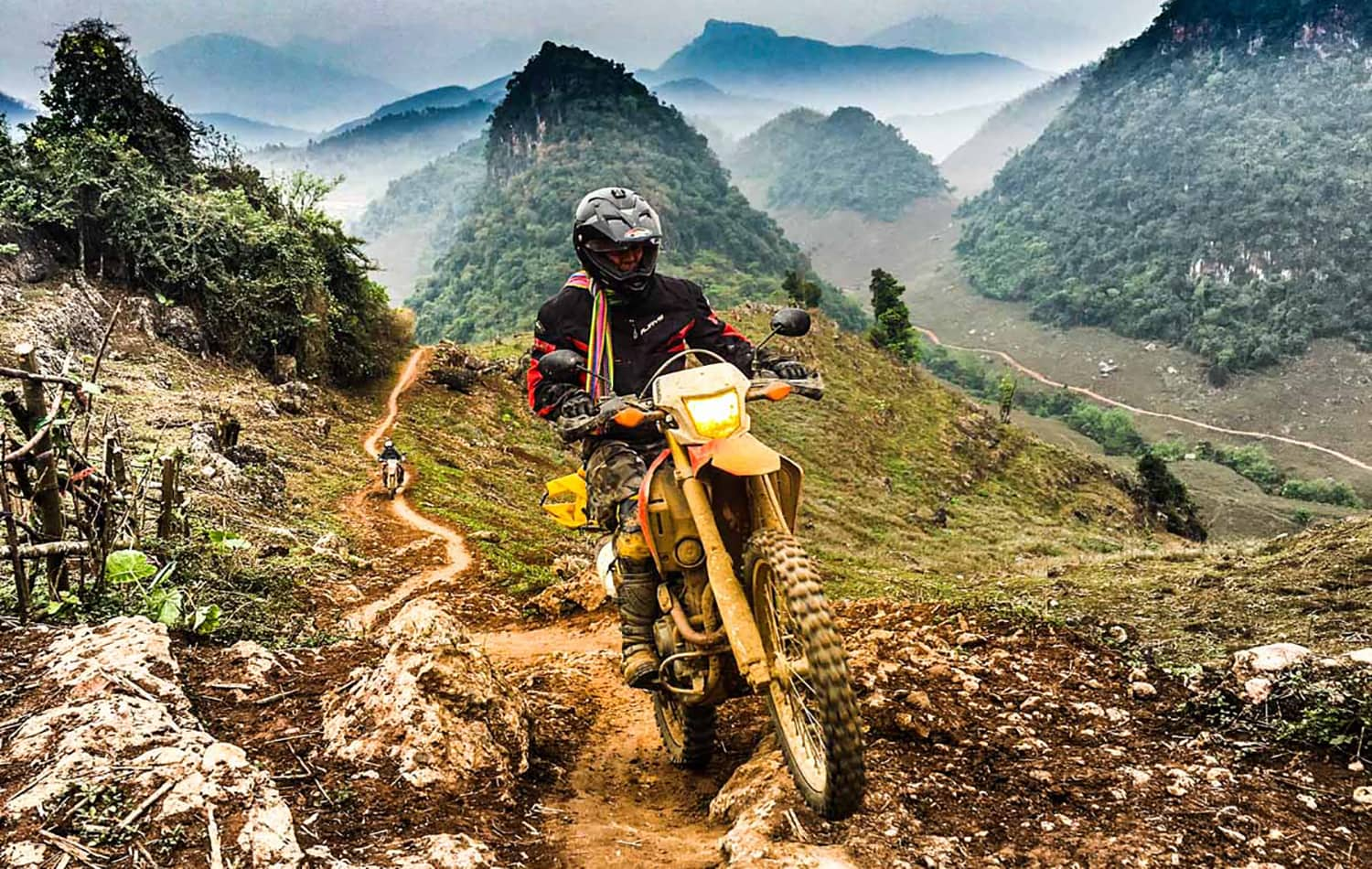
Using your headlights is not only a legal requirement but also a safety measure when driving a motorbike in Vietnam. Turn on your headlights at all times, even during the day, to make yourself visible to other drivers and pedestrians. Use your high beam when driving in rural or dark areas, but switch to low beam when approaching other vehicles or intersections.
Follow the speed limit
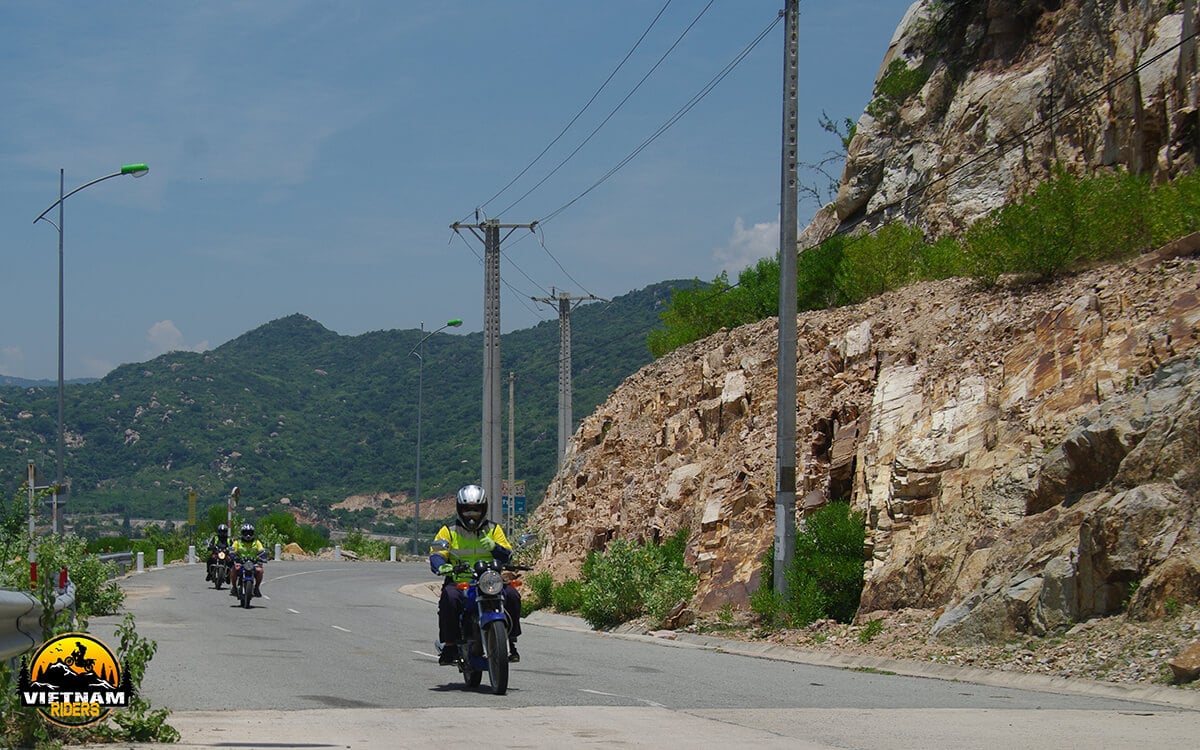
The speed limit in Vietnam varies depending on the type of road and the location, but it is generally lower than in other countries. In urban areas, the speed limit is usually around 40-60 km/h, while on highways, it can reach up to 80-100 km/h. However, these limits are often ignored or exceeded by many drivers, which can increase the risk of accidents.
To stay safe and avoid fines, follow the speed limit and adjust your speed to the road conditions. Avoid racing or speeding, and remember that the journey is as important as the destination. Also, watch out for speed bumps, which are common in residential areas and schools, and slow down accordingly.
Be prepared for weather
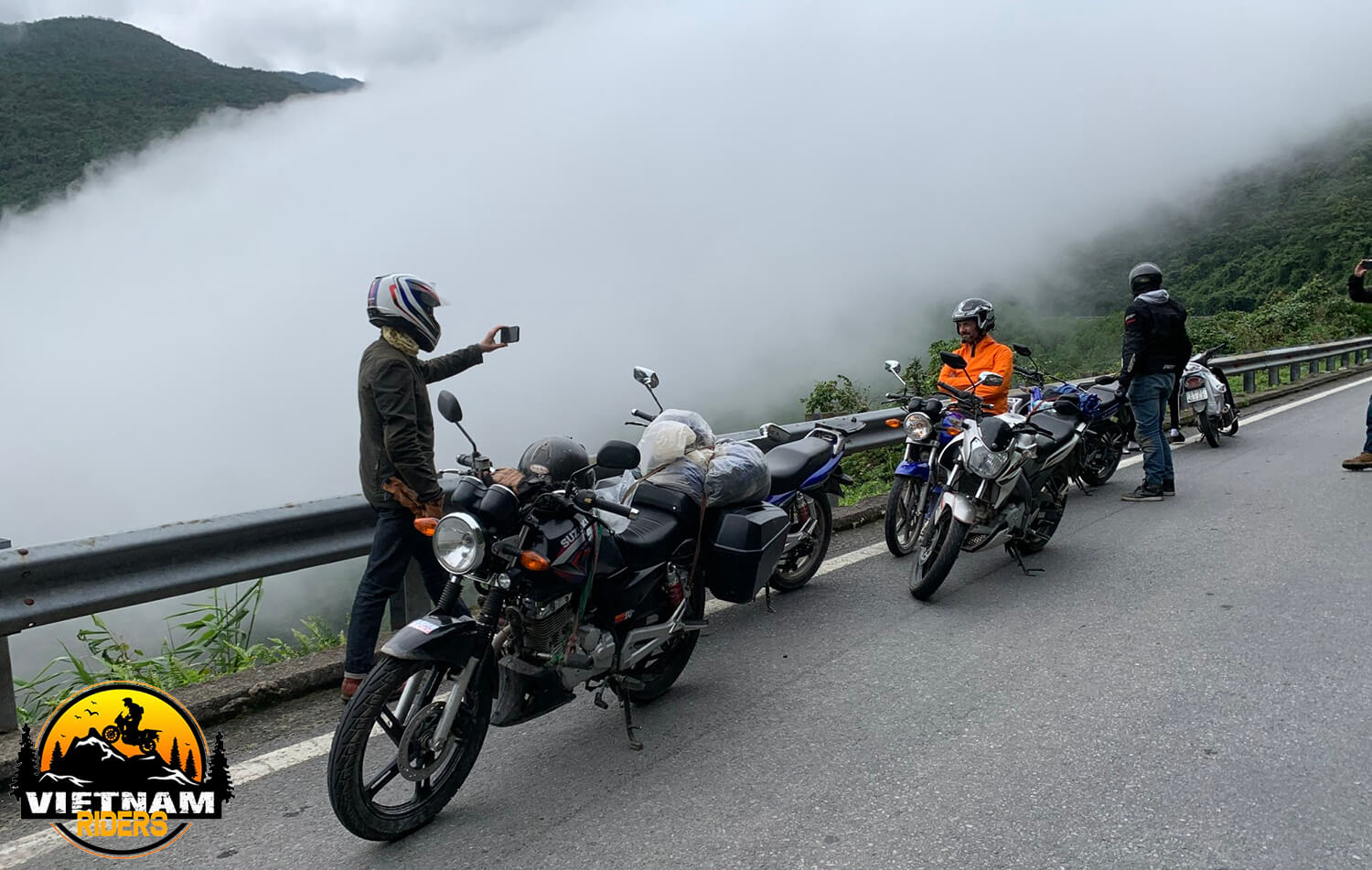
The weather in Vietnam can be unpredictable and can affect your driving experience. During the rainy season, which usually lasts from May to October, the roads can become slippery, flooded, or muddy, and visibility can be reduced. Therefore, it is essential to be prepared for weather changes and adjust your driving accordingly. Check out when is the best time of year to travel to Vietnam
Wear appropriate clothing, such as rain gear or warm clothes, depending on the weather conditions. Check the weather forecast before starting your journey and avoid driving during heavy rain or thunderstorms. Be extra cautious when driving on wet or slippery roads, reduce your speed, and maintain a safe distance from other vehicles.
Plan your route

Planning your route in advance can save you time, money, and energy, and also help you to avoid traffic congestion and road hazards. Use a map or a GPS system to plan your journey and choose the best route based on your destination, time, and preferences.
Avoid rush hour traffic, which is usually between 7-9 am and 5-7 pm, and consider alternative routes or modes of transport, such as ferries or trains. Plan your rest stops and fuel stops, and make sure to carry enough water, snacks, and cash for emergencies.
Know your rights
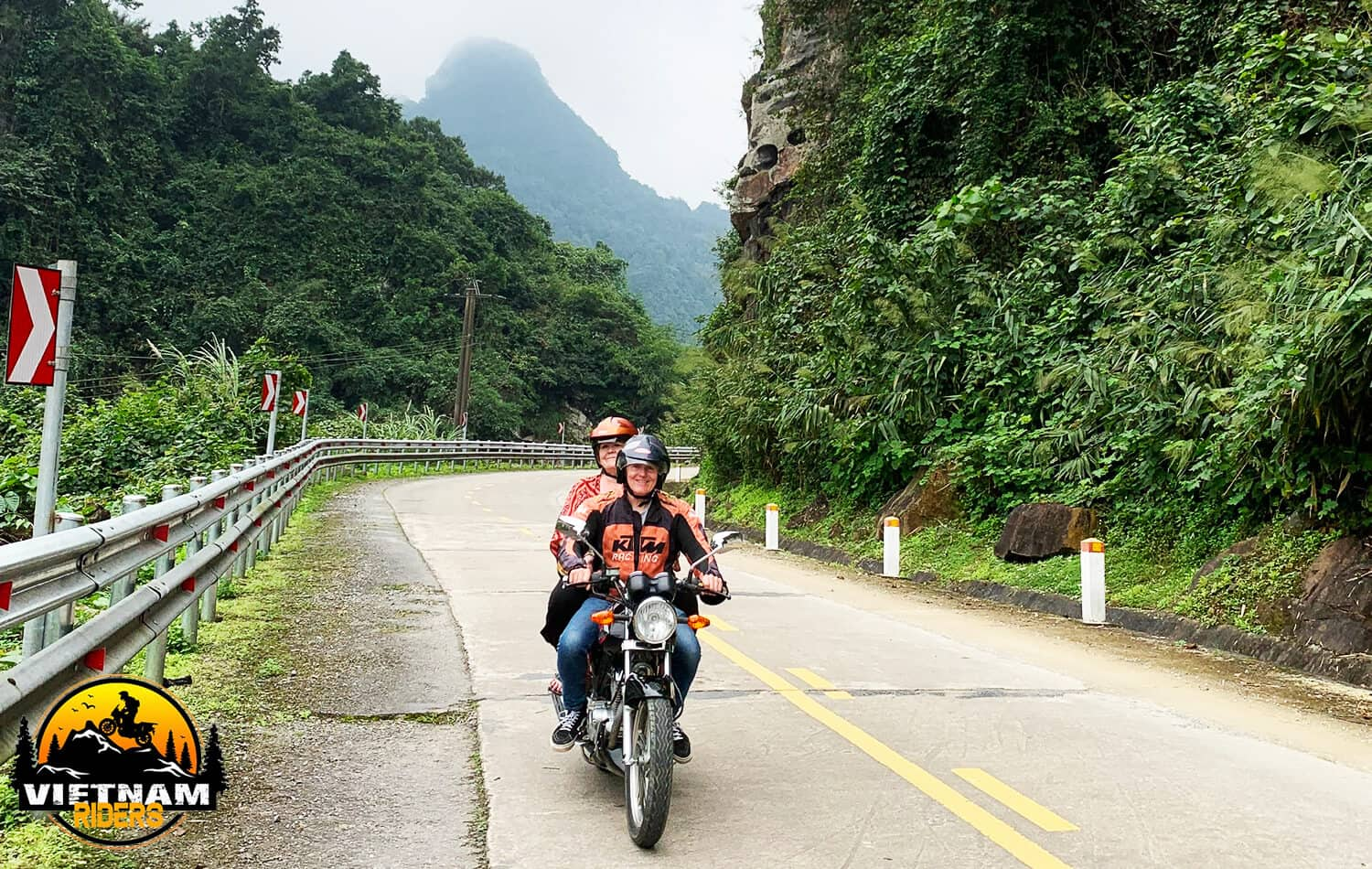
As a motorbike driver in Vietnam, you have certain rights and responsibilities that you should be aware of. You have the right to use the road and follow the traffic rules, and the right to report any violations or accidents to the authorities. You also have the right to protect yourself and your passengers from harm, and to seek compensation or legal advice in case of an accident or injury.
However, you also have certain responsibilities, such as obeying traffic laws and regulations, respecting other road users, and maintaining your vehicle in good condition. Failure to follow these responsibilities can lead to fines, penalties, or legal consequences.
Avoid distractions

Distractions are a major cause of accidents on the roads in Vietnam and can range from using a mobile phone to eating, drinking, or chatting with other passengers. To avoid distractions, focus on the road and keep your attention on the traffic and the environment around you. Do not use your mobile phone or any electronic device while driving, and avoid wearing headphones or earbuds, which can impair your hearing and reaction time.
If you need to make a call or send a message, pull over to a safe place and turn off the engine. Avoid eating or drinking while driving, as it can affect your coordination and vision. If you have passengers, make sure they wear helmets and follow the safety rules, and avoid engaging in conversations or arguments that can distract you.
Be respectful
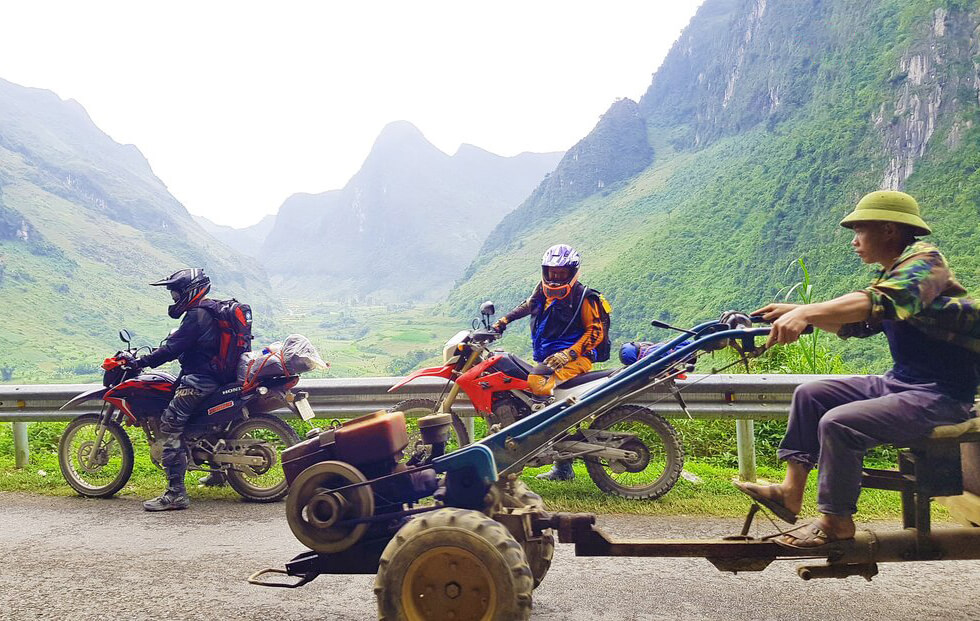
Last but not least, being respectful is essential when driving a motorbike in Vietnam. Respect other road users, such as pedestrians, cyclists, and other drivers, and avoid honking unnecessarily or showing aggressive behavior. Follow the social and cultural norms, and be polite and patient with other drivers, even if they make mistakes or violate the traffic rules.
Respect the local customs and traditions, and avoid behaving in a manner that can offend or disrespect the local people. For example, do not litter, spit, or urinate in public, and dress modestly and appropriately in religious or cultural sites. By being respectful and mindful, you can enhance your driving experience and contribute to a harmonious and safe environment on the roads.
Conclusion
Driving a motorbike in Vietnam can be an exciting and rewarding experience, but it also requires caution, skill, and responsibility. By following these 12 tips for driving motorbikes in Vietnam, you can stay safe and enjoy your journey, while also respecting the local customs and traditions. Remember to wear a helmet, obey the traffic rules, drive defensively, and be respectful to other road users. With these guidelines in mind, you can explore the beauty and diversity of Vietnam on two wheels and create unforgettable memories. Happy driving!
You might be interested in other articles:
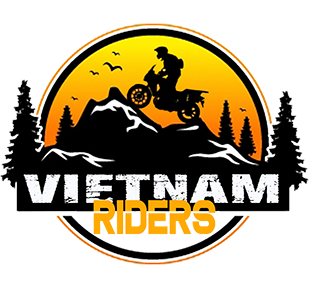



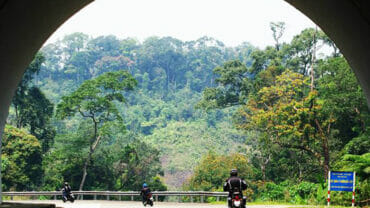
Comment (0)